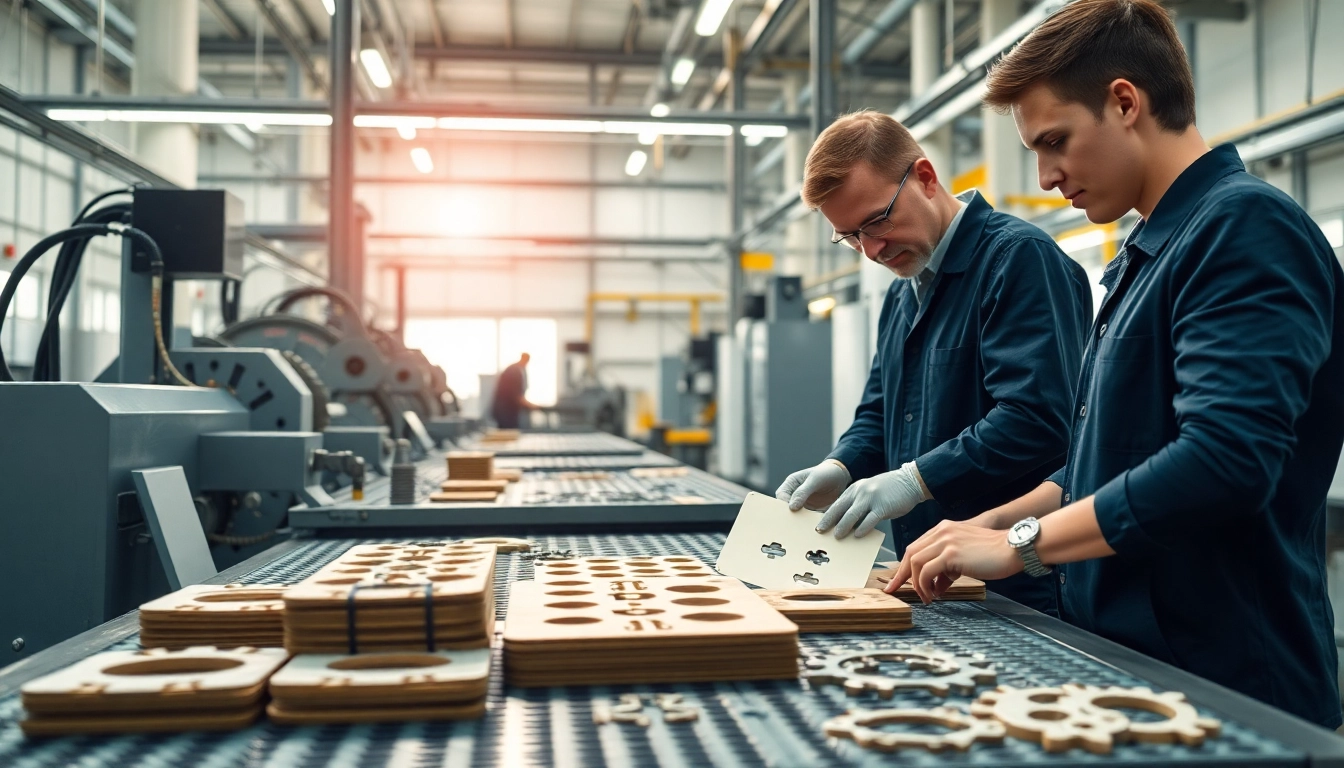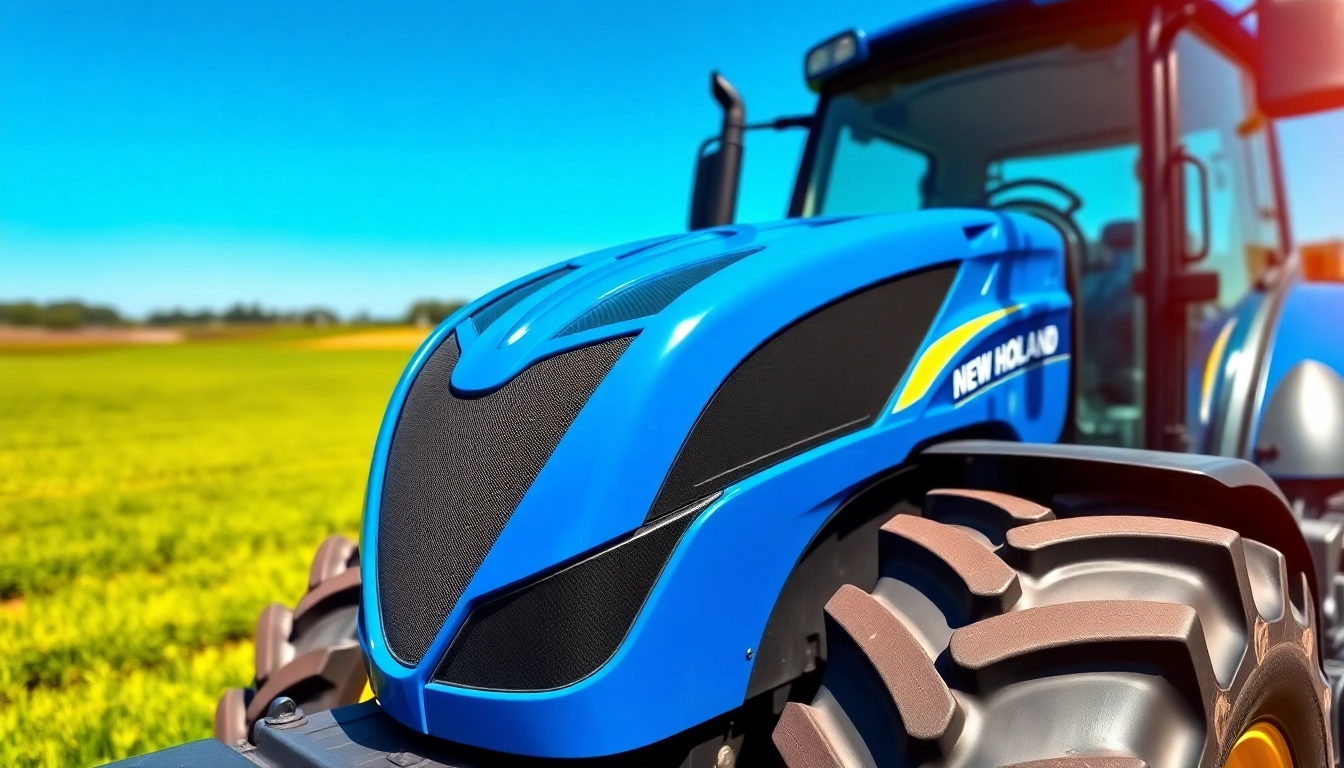Understanding Precision Die Cutting
Precision die cutting is a manufacturing process that transforms materials into custom shapes and sizes with high levels of accuracy and efficiency. This technique is crucial across various industries, including automotive, electronics, packaging, and medical devices, where precision is paramount. Utilizing precision die cutting allows manufacturers to create components that meet specific requirements while minimizing waste and ensuring consistency. In this article, we will delve deeply into the concept of precision die cutting, exploring its applications, techniques, benefits, and future trends.
What is Precision Die Cutting?
At its core, precision die cutting refers to the process of using a die or a specialized tool to cut materials into predetermined shapes. Unlike traditional cutting methods which might use blades or shears, precision die cutting employs highly engineered dies that are designed to create intricate shapes with minimal tolerances. These dies can be made from various materials, including steel and polymers, and can be utilized in different die cutting methods, such as flatbed, rotary, and laser die cutting.
Common Applications of Precision Die Cutting
The versatility of precision die cutting lends itself to numerous applications across various sectors:
- Automotive Industry: Used to fabricate gaskets, seals, and insulation for noise reduction.
- Electronics: Producing insulation materials, circuit board components, and adhesive parts.
- Medical Devices: Crafting custom parts like surgical masks, gaskets, and adhesive pads.
- Packaging: Designing packaging solutions that require precise cuts for structural integrity.
- Consumer Goods: Custom foam inserts for products, labels, and promotional items.
Materials Used in Precision Die Cutting
Many different materials can be die cut with precision, depending on the application requirements. Common materials include:
- Foam
- Plastic films
- Cardboard and paper products
- Metals (thin sheets)
- Composites and laminates
- Textiles and fabrics
Each material presents specific challenges and characteristics when it comes to the die cutting process, such as varying levels of hardness and thickness.
Types of Precision Die Cutting Techniques
Flatbed vs. Rotary Die Cutting
Understanding the different die cutting techniques is vital for selecting the appropriate method for specific projects. Two of the most common types are flatbed and rotary die cutting.
Flatbed die cutting utilizes a flat die that presses down on a sheet of material. This method is ideal for thicker materials and can accommodate complex shapes. However, it generally produces slower output speeds compared to rotary die cutting.
On the other hand, rotary die cutting employs a cylindrical die that continuously rolls over a feed of material. This method is highly efficient for high-volume production and is particularly suited for thinner materials. The rotary process allows for higher speeds and can be integrated with printing processes.
Benefits of Laser Die Cutting
Laser die cutting is another technique that has gained popularity due to its precise nature. This method uses laser technology to cut materials with exceptional accuracy. Some advantages include:
- Precision: Laser cutting offers fine detail and complex designs impossible with traditional methods.
- No physical contact: Since there are no moving blades, material distortion is minimized.
- Versatility: Can cut a wider range of materials, including reflective surfaces, without damaging the equipment.
Advantages of Each Method
When choosing between flatbed, rotary, and laser die cutting, it’s essential to consider the specific advantages each method has to offer:
- Flatbed Die Cutting: Better for thicker materials, capable of complex designs.
- Rotary Die Cutting: High efficiency, lower cost per unit for larger production runs.
- Laser Die Cutting: Highest precision, versatility in materials and design capabilities.
Understanding these methodologies will guide manufacturers in selecting the most suitable option for their production needs.
Choosing the Right Precision Die Cutting Company
Finding a reliable precision die cutting company is paramount for achieving your manufacturing goals. Consider these factors when evaluating potential vendors:
Evaluating Capabilities and Experience
Examine the company’s portfolio to assess past projects and confirm their experience with the materials and techniques relevant to your needs. Ask about the range of services offered, including:
- Customized die design
- Prototyping capabilities
- Technical support and consultation services
Comparing Costs and Quality
Cost is undeniably a critical factor. However, the cheapest option isn’t always the best. Evaluate pricing in the context of quality and delivery times. Request quotes from multiple vendors, ensuring they include:
- Material costs
- Die creation fees
- Setup and run charges
Negotiating these costs transparently can lead to a more fruitful partnership.
Customer Testimonials and Case Studies
Reading customer testimonials and case studies can give you valuable insight into the company’s reliability and quality of service. Look for:
- Detailed experiences of past clients
- Evidence of successful projects
- Long-term partnerships with previous clients
Challenges in Precision Die Cutting
Despite the numerous benefits of precision die cutting, some challenges can arise during the process. It’s essential to be aware of these and to implement strategies to overcome them.
Understanding Tolerances and Limitations
Tolerances refer to the allowable variations in dimensions and can significantly impact product performance. Typically, die cut parts may have tolerances of +/- 0.005 inches, depending on the die setup and material used. Understanding these tolerances is vital for optimizing design and production efficiency.
Dealing with Material Variability
Material properties can vary significantly, affecting cut quality and performance. Monitoring material consistency and having reliable suppliers who provide quality-assured materials is critical for maintaining product integrity. Prior to production runs, sampling materials and testing cut quality can mitigate risks associated with these variabilities.
Maintaining Quality Control
Implementing rigorous quality control processes is essential to ensure that products meet their specifications. Techniques can include:
- Regular equipment calibration
- Sampling and testing lots for dimensional accuracy
- Real-time monitoring throughout the production process
Future Trends in Precision Die Cutting
As the manufacturing landscape evolves, several trends are emerging that will shape the future of precision die cutting:
Technological Advancements on the Horizon
Advancements in automation and software technology are set to improve production efficiency and reduce costs. Featuring smart dies embedded with sensors to monitor performance and material status will significantly enhance real-time decision-making on the shop floor.
Environmentally Sustainable Practices
Manufacturing practices are increasingly pivoting towards sustainability. Companies are adopting eco-friendly processes, selecting materials that are recyclable, and minimizing waste during the die cutting process. Innovations in biodegradable materials are also on the rise, with the goal of reducing environmental impact.
The Impact of Digital Tools on Die Cutting
The integration of digital design tools and computer-aided manufacturing systems is transforming precision die cutting. Enhanced software programs can optimize designs for die cutting, leading to decreased lead times and increased flexibility in production. Furthermore, digital tools facilitate rapid prototyping, allowing companies to iterate designs quickly and efficiently.


